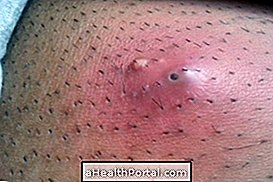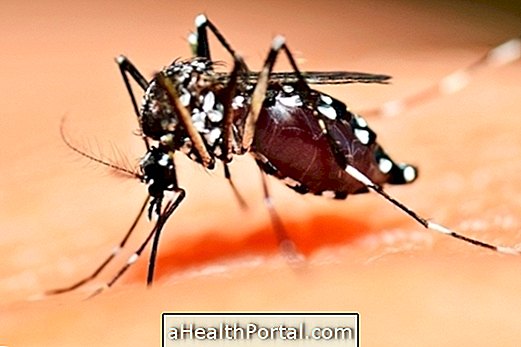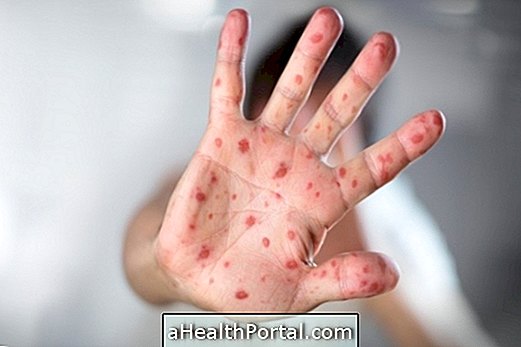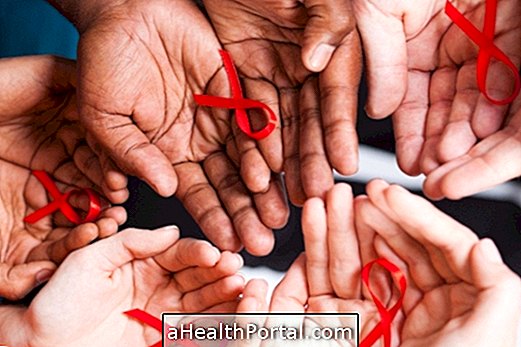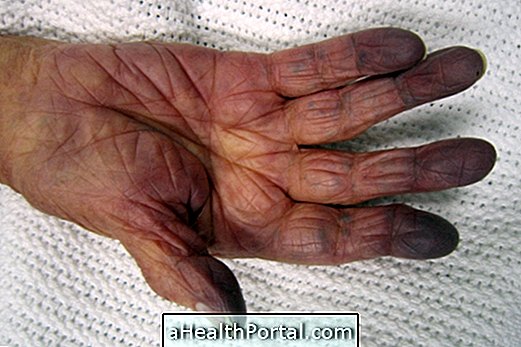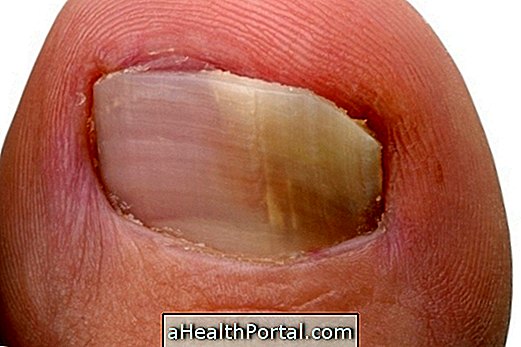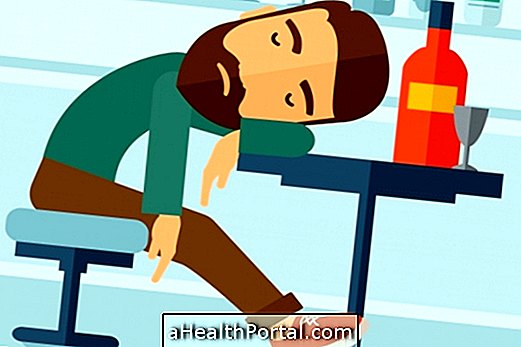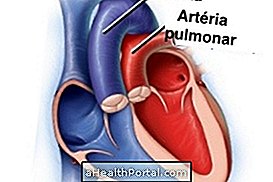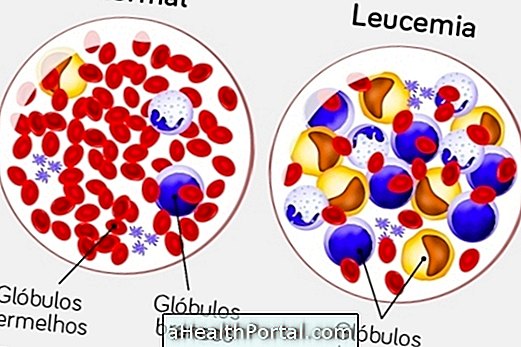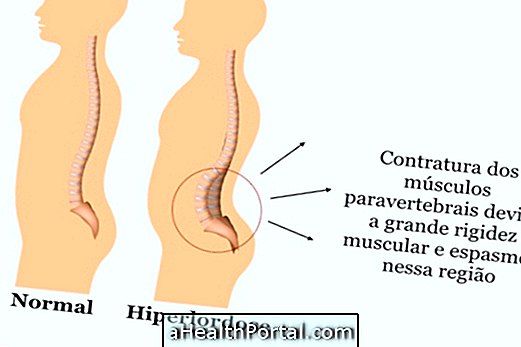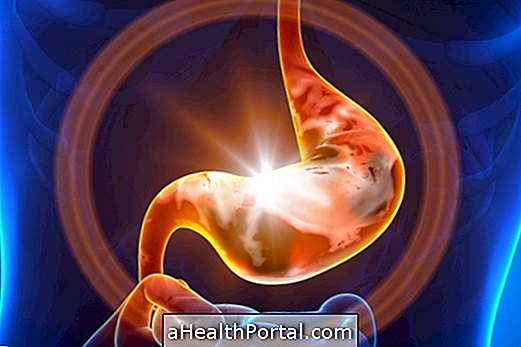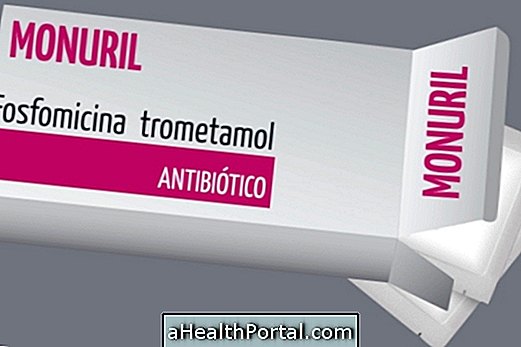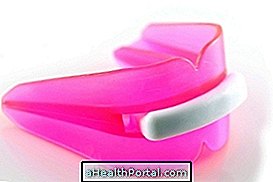The treatment for cholera, which is an intestinal infection caused by the bacterium Vibrio cholerae, consists of hydration through the ingestion of fluids, as well as the use of remedies to relieve symptoms such as analgesics and anti-emetics. The use of antibiotics and hydration in the vein is only necessary in cases of severe infection, when the person is debilitated and unable to hydrate through the mouth.
In addition, it is also important to carry out preventive measures, as this bacterium spreads easily through the feces and vomiting of contaminated persons, and it is recommended to drink only drinking water, to avoid raw and manipulated food, to wash hands whenever food or after using the bathroom, in addition to not attending basic sanitation, such as sewage treatment and garbage collection. Understand how cholera transmission occurs and the main symptoms.

Remedies to treat cholera
The main form of cholera treatment is hydration with the consumption of liquids, such as water, juices and teas. In addition, oral rehydration serum, purchased from pharmacies, or homemade whey, are indicated to prevent and treat dehydration by replenishing the amount of liquids and minerals that are lost in diarrhea and vomiting.
Learn how to prepare homemade whey in the right way with our nutritionist:

However, some medications may be indicated by your doctor, although they are not always needed, as the infection may not cause symptoms or cause mild symptoms. When recommended, the main ones include:
- Antiemetics: Metoclopramide, Bromopride or Dimenhydrinate;
- Antispasmodics: Hyoscine, Butylscopolamine or Paregoric Elixir;
- Astringents: kaolin-pectin and activated charcoal;
- Analgesics: Dipyrone or Paracetamol;
- Probiotics : lactobacilli.
In addition, remedies to stop diarrhea and vomiting should never be used because they prevent the toxins from the bacteria from being eliminated by the body, which can increase abdominal inflammation.
When to use antibiotic
Antibiotics are not always necessary, and may be prescribed by your doctor in case of severe diarrhea or with blood as a way of eliminating intestinal microorganisms more quickly.
Some recommended are: Sulfamethoxasol + trimethoprim, Tetracycline, Doxycycline or Erythromycin, for example.
Signs of improvement and worsening
The main signs of cholera improvement are the reduction of vomiting and diarrhea, as well as improved color and decreased weakness. On the other hand, signs of worsening are paleness, weight loss, deep eyes, dry mouth, dry skin, and rapid heartbeat, cramps and seizures. If these symptoms are present the person should be kept in hospital to receive the appropriate treatment.
In addition, when severe, cholera can cause dehydration in a few hours and this complication can lead to kidney impairment, changes in the bowel, cardiac arrhythmia, low blood pressure, and cardiac collapse.

How prevention is done
To facilitate healing and prevent others from being contaminated by cholera, it is important to adopt some hygiene measures such as:
- To wash hands constantly
Always wash your hands with soap and water whenever you use the toilet, before eating or handling food, and whenever you are in contact with vomiting or diarrhea, as well as dirty clothing and possible contaminated areas such as buckets, basins and toilets.
- food
When preparing food, it is important to wash your hands and all food consumed should be cooked. Boiled water eliminates the cholera-causing bacteria, so it is recommended that whenever people are sick at home, all food is cooked, avoiding salads. Fruits that have peel can be consumed and those that have thin peel should be soaked in water with a little chlorine to be disinfected.
All ingested water should only be filtered or boiled, and it is not recommended to drink water from the tap.
- Clothes and towels
The face and bath towel of the infected person should be separated for individual use and so other people in the same household should use other towels. Dirty laundry also needs to be thoroughly washed, preferably separately. If it is necessary to leave to wash later, leave all the person's clothing with the infection in a separate bucket or bowl.

